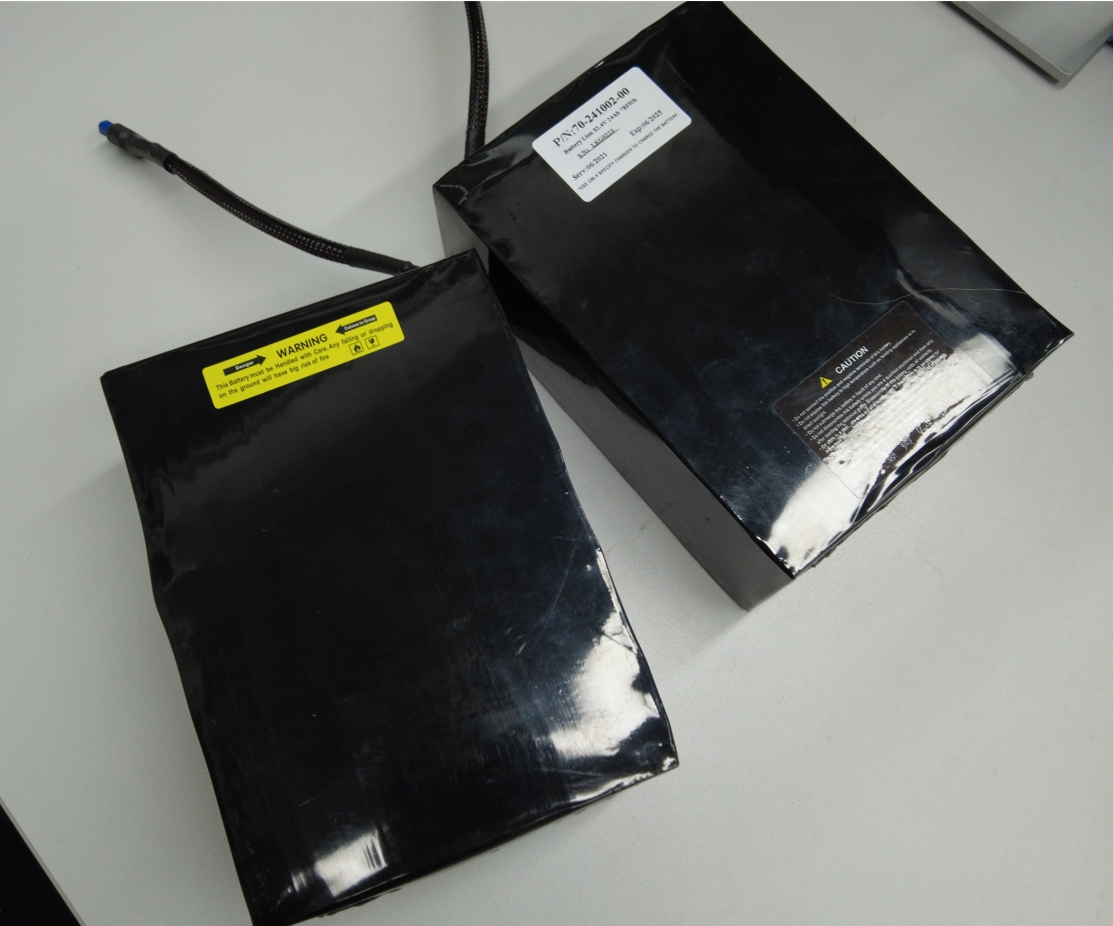- 06
- Dec
Rapid development of battery technology and new regulations
Safety, no small matter, easy ignition and safety test introduction
In the past, we often saw security incidents where the batteries of mobile phones and laptops were attacked. Now, these accidents have appeared in the use of lithium batteries. Although these safety accidents are relatively small compared with the scale of use of lithium batteries, they have aroused widespread concern in the industry and society.

Of course, in these cases, the cause of the fire on the lithium battery is different, and some have not even been determined. A more common cause is thermal runaway caused by a battery short circuit, which can cause a fire. The so-called thermal failure is a cycle in which the temperature rises, the system rises, the system rises, the system rises, the system rises, the system rises, and the system rises.
If the lithium battery is overheated, the electrolyte will be electrolyzed, and then there will be gas, causing the internal pressure to rise, and Yanyan will break through the outer shell. At the same time, because the temperature is too high, the anodic oxidation reaction data attack launches metallic lithium. If the gas causes the shell to rupture, contact with the air will cause combustion, and the electrolyte will catch fire. The flame is strong, causing the gas to expand rapidly and explode.
For the safety of lithium batteries, stricter safety performance evaluation indicators have been published internationally. A qualified lithium battery has passed tests such as short circuit, abnormal charging, forced discharge, oscillation, impact, extrusion, temperature cycling, heating, high-altitude simulation, throwing, and ignition.
With the development of lithium battery technology and new requirements, the corresponding safety regulations are constantly updated.
For example, the battery life requirements of emerging fields such as pure electric vehicle batteries. The battery life of traditional electrical appliances is expected to be 1 to 3 years, but electric car manufacturers hope that the battery life will reach 15 years. So, does the aging of lithium batteries bring safety risks? In order to explore the impact of battery aging on safety, UL conducted 50, 100, 200, 300, 350 and 400 for ordinary lithium batteries at two temperatures of 25 and 45 degrees. Sub-charge and discharge test.
In addition, shortly after the 787 passenger plane caught fire, FFA began to cooperate with the industry to study the airworthiness of lithium batteries. This specification was met before the 787 returned to the sky.
